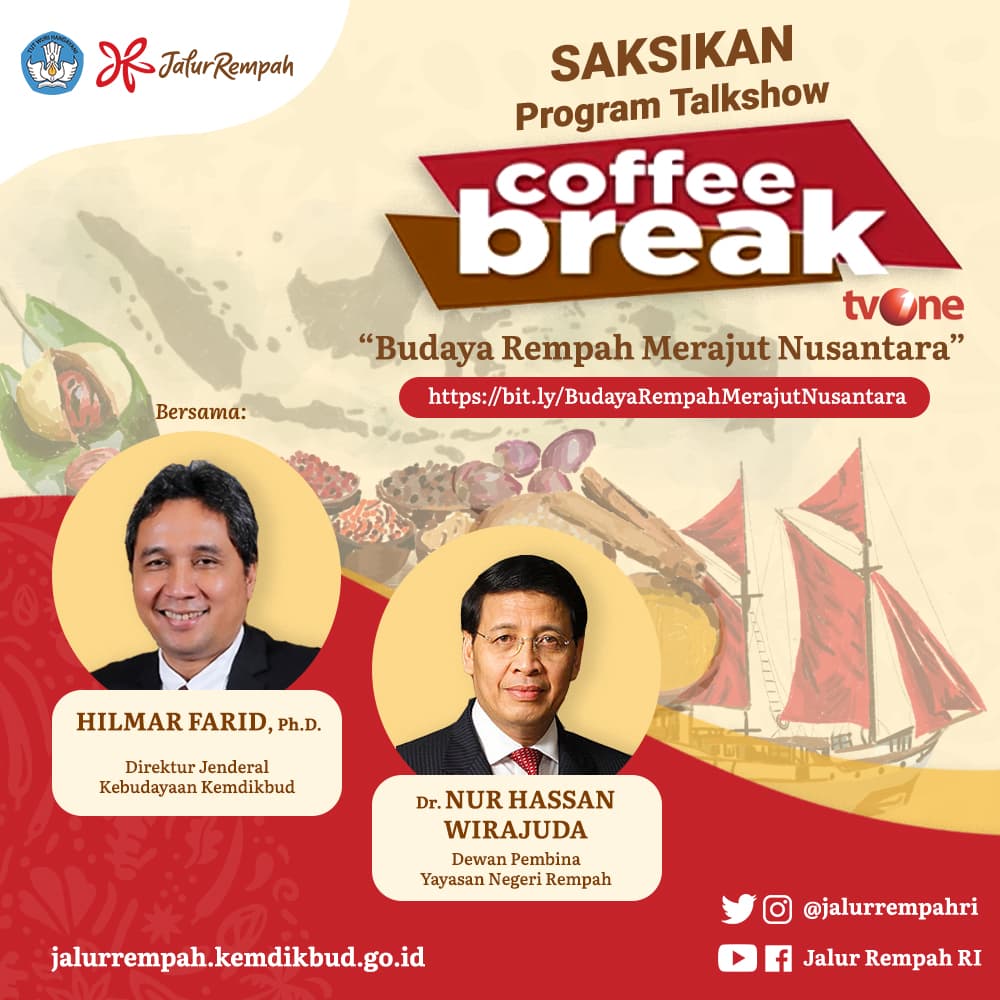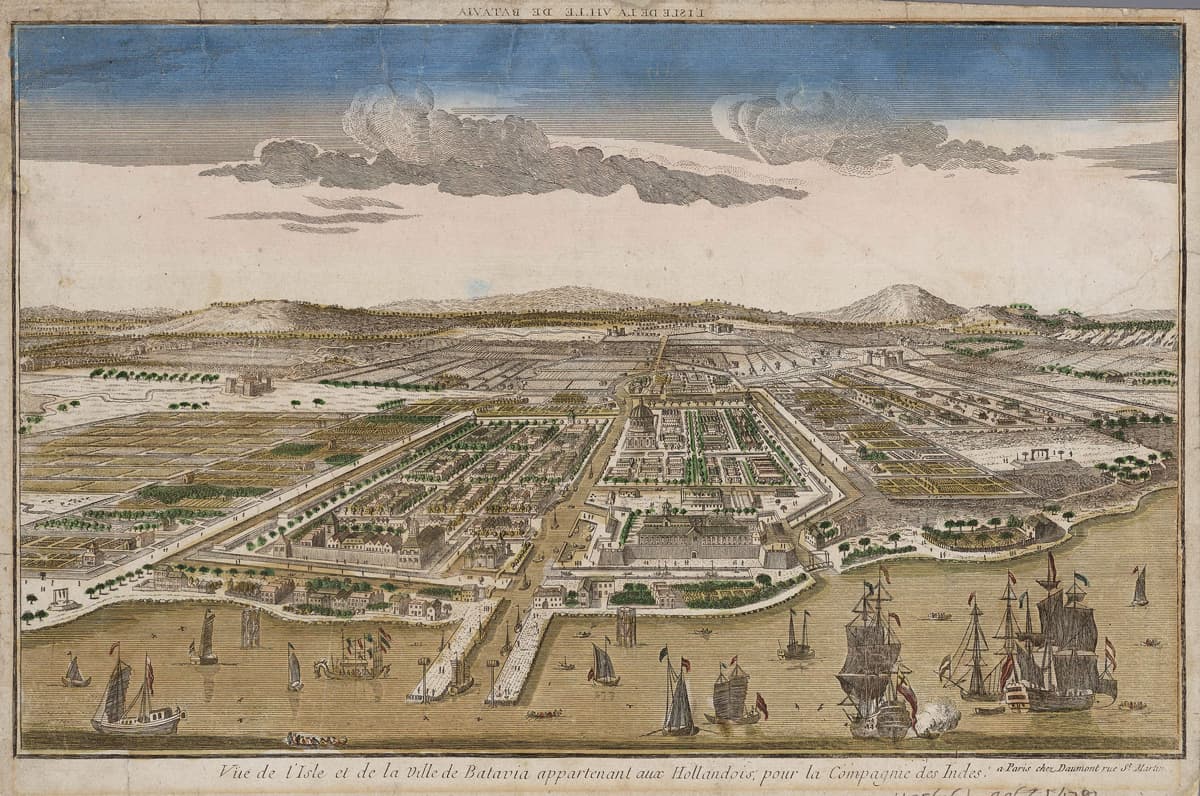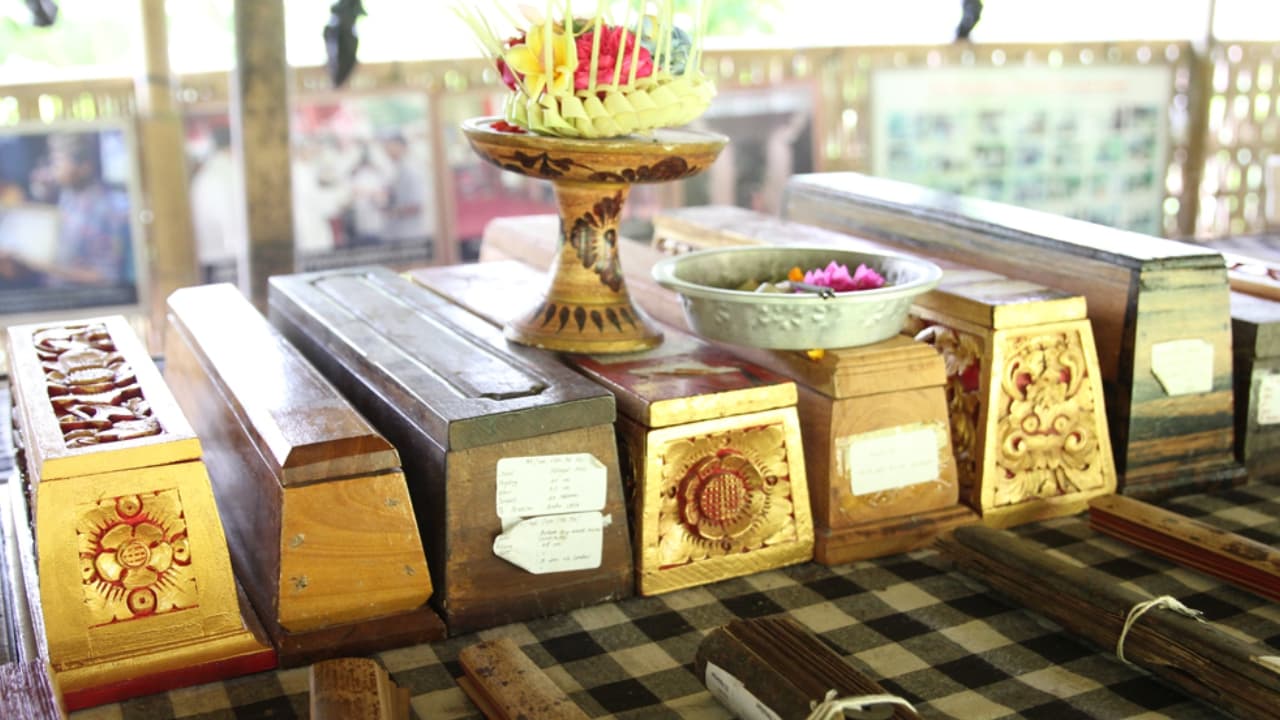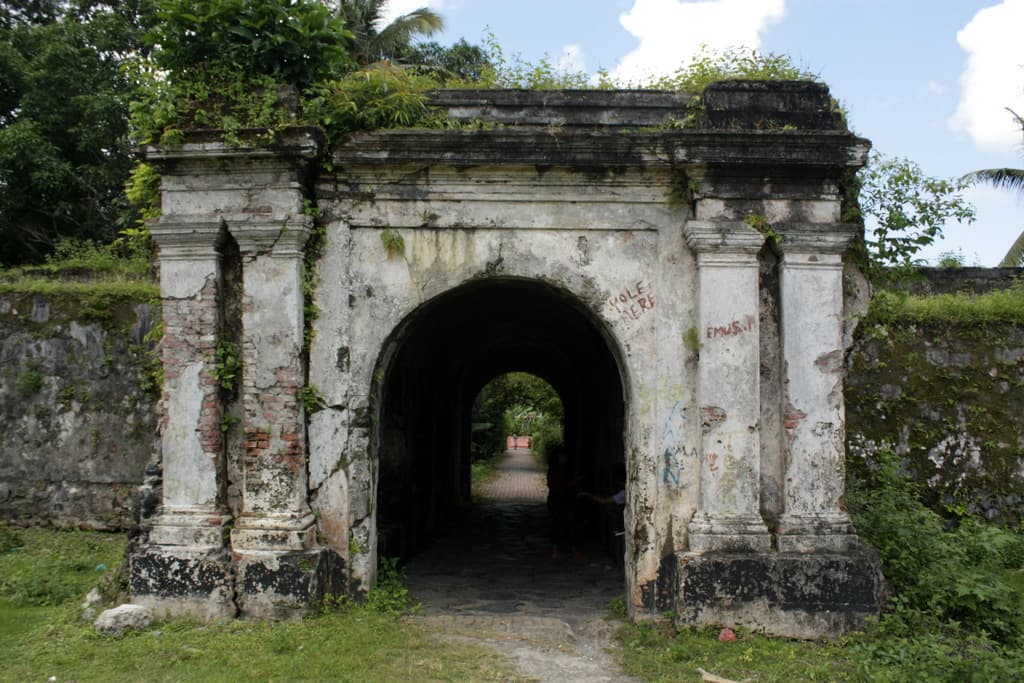
Spices played a more significant role than as a mere commodity. As a result, the spice trade left some footprints that we can find today; Fort Nassau Banda is a heritage of international traders during their spice-seeking mission.
Located in Nusantara Village, Banda, Central Maluku Regency, Fort Nassau was built by VOC in 1607. This fort stood on the unfinished foundation of a Portuguese fort a century ago, on the coast, the southern side of Neira Island.
The negotiation process with several Bandanese aristocrats, which killed Verhoeven, hindered the construction of the fort. Verhoeven immediately applied for a spice trade monopoly in Neira as soon as he arrived in Banda, for he was displeased with the English who came to the island before him. Verhoeven also suppressed the noblemen who had been involved in businesses with the English. He ditched them from their houses in Neira and was forced to move to Lonthor.
Weeks later, the noblemen asked Verhoeven to negotiate the new agreements concerning the spice trades between them and the VOC. Granting the favor, Verhoeven came to the location with his entourage to negotiate.
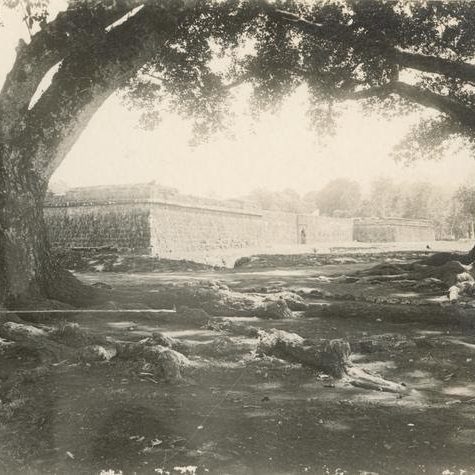
Fort Nassau in Banda Neira
It turned out to be a trap from the noblemen whom Verhoeven wronged. Not far from the location, they killed Verhoeven and several Dutch traders. They captured some of them to become hostages and brought them to Lonthor. Jan Pieterszoon Coen—the clerk, later became the Governor-General of VOC—managed to escape, and took revenge on the Bandanese in 1621.
After Verhoeven’s death, Simon Janszoon Hoen was appointed as the new admiral of VOC. He quickly finished the construction of Fort Nassau Banda, for he feared that the Bandanese would organize a great attack. However, Hoen was only visited by a Dutch trade from Lonthor, Wouter van den Enden. The young Dutch trader carried a message of peace under some conditions from the noblemen of Orantatta and Salamme.
It includes information about the noblemen that were not involved in Verhoeven’s incident in Neira. They promised to keep the safety of the Dutch trade agents with one condition: Hoen must tear down Fort Nassau that he just built. However, Hoen outrightly refused it. Eventually, to save his life, Enden lied to the Bandanese noblemen in Lonthor.
The fake news Enden brought led to the capture of two Bandanese who departed for Neira, by the VOC ship. The VOC forced them to convey a threat to release the Dutch traders who were captured. However, the Bandanese managed to escape. The next thing Hoen heard was that the two traders in Lonthor, Cornelis Van Eerden and Dirk Pieterszoon, had been beheaded.
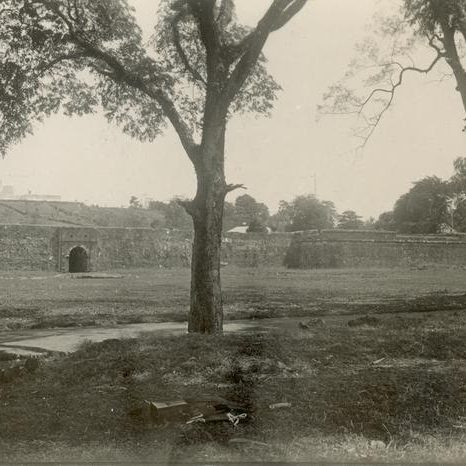
Fort Nassau in Banda Neira
A month later, Hoen sent several punitive expeditions to attack villages in Lonthor. Within the expeditions, they captured and burned the Bandanese boats and plundered the goods. Hoen and his commissioned officer became more confident with their success in Lonthor. Shortly after, he sent his navy troops to attack the Bandanese’s defense in Selamme. The navy troops of VOC were defeated, and Hoen arranged his fleet to blockade the coast in Selamme. VOC cut the food supply, captured the Bandanese who escaped to the sea, and hindered the arrival of the reinforcements.
By dint of the strategy, the dissension with the Bandanese eventually ended up with a legal agreement on religion, runaways, and trade monopoly. The agreement involved the stipulation that all ships and boats that came must berth near Fort Nassau to be examined. Furthermore, all traffic among islands must be under the permission of the Dutch. Thus, nobody could stay in Neira without the permission of the Dutch, and Neira became the Dutch’s territory.
Feeling safe and victorious with the agreement, Hoen left Banda to expand VOC’s territory. Hendrik van Bergel was appointed as the Governor of Banda, taking the place of Jaco de Bitter. Hoen left his strongest troops to guard Fort Nassau Banda that also functioned as the storage of spices. After he left, the Bandanese stayed in Ai and Rhun Islands, breaking the new agreement and taking rebellious acts against the Dutch traders.
Sources:
Sekilas Sejarah Benteng Nassau – Balai Pelestarian Cagar Budaya Maluku Utara. Balai Pelestarian Cagar Budaya Maluku Utara Accessed on 25 October 2020 from https://kebudayaan.kemdikbud.go.id/bpcbmalut/sekilas-sejarah-benteng-nassau/.
Pembangunan Benteng Nassau yang Penuh Drama – Balai Pelestarian Cagar Budaya Maluku Utara. Balai Pelestarian Cagar Budaya Maluku Utara. Accessed on 25 October 2020 from https://kebudayaan.kemdikbud.go.id/bpcbmalut/pembangunan-benteng-nassau-yang-penuh-drama/.
Picture 01: http://hdl.handle.net/1887.1/item:773072
Picture 02: http://hdl.handle.net/1887.1/item:770864
Text: Syahidah Sumayyah
Editor: Tiya Septiawati
Translator: Dhiani Probhosiwi



